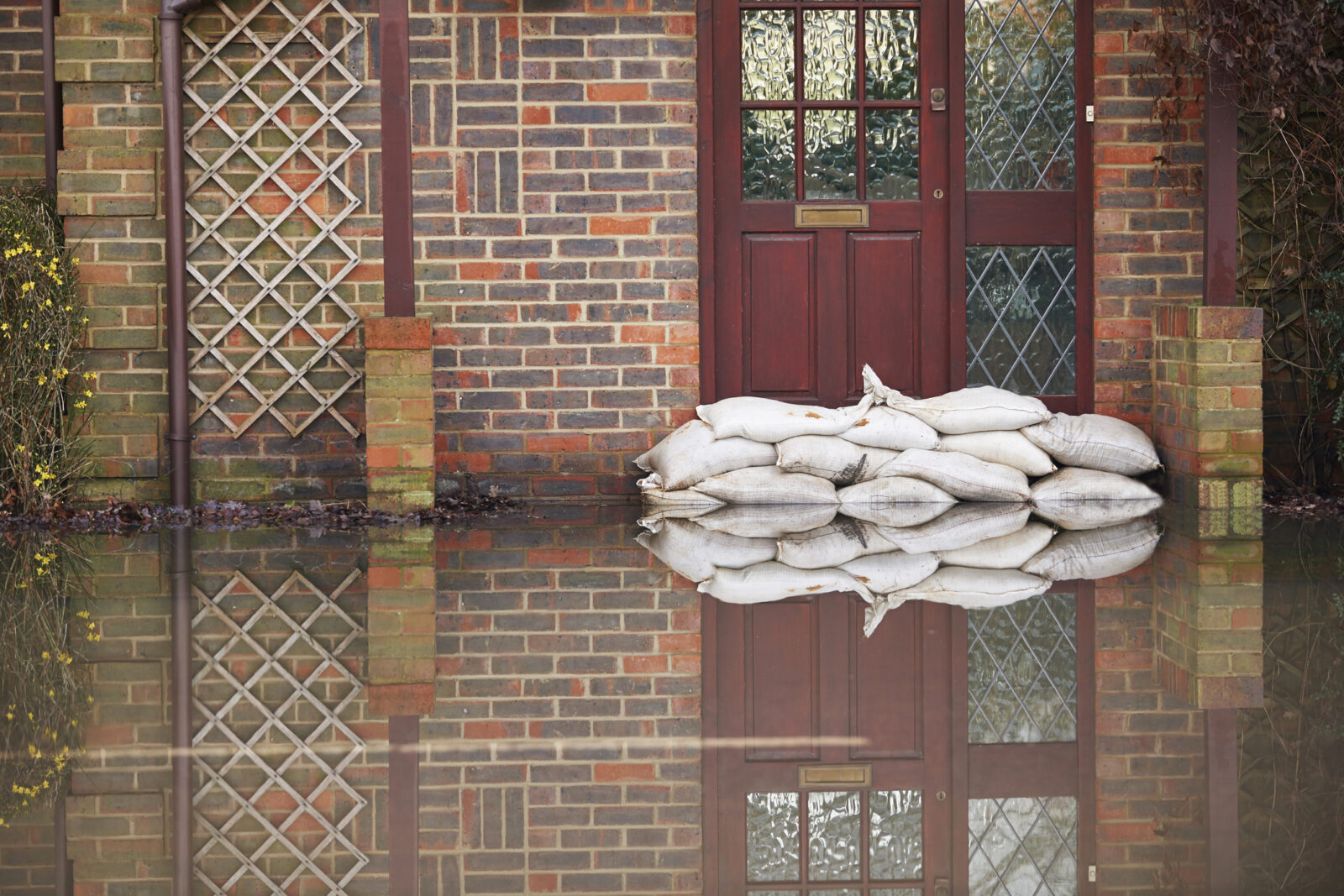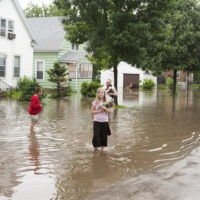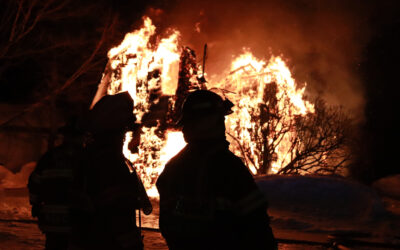This blog was originally published in Canada’s National Observer
Rising rents, mortgage costs and insurance premiums have put a huge financial burden on Canadian households. In response, Canada is moving to improve housing affordability by rapidly building millions of new homes. It’s crucial, however, that these homes are built not just to solve today’s crisis but also to be safe and affordable for decades to come — which means thinking seriously about the consequences of climate change from the burning of fossil fuels when siting new housing in Canada.
Any effort to create the conditions for lasting housing affordability must consider the worsening impacts of planetary overheating — in particular, more frequent and more destructive floods and wildfires — in the siting and design of these new homes. If such considerations fall by the wayside in the haste to build more housing as quickly as possible, governments risk undermining their own goals of addressing the affordability crisis while leaving Canadians needlessly vulnerable to the loss of their homes.
To improve housing affordability, the Canada Mortgage and Housing Corporation (CMHC) estimated in 2022 that 5.8 million new homes must be constructed by 2030, 3.5 million more than what the country is currently on track to build. Others see even greater need: CIBC recently estimated that the construction gap is at least one million units higher than CMHC projections, while the Office of the Federal Housing Advocate projects Canada will need 9.6 million new homes over 10 years to make housing affordable for those in most dire need.
To respond to this challenge, federal and provincial governments are creating incentives or mandating streamlined development approvals and zoning changes to allow for greater density. While such steps may help boost housing supply, there is a danger that in the race to build more housing more quickly, governments could double down on Canada’s already poor track record of allowing homes to be built in areas highly exposed to climate-related hazards, exacerbating national vulnerability.
Flooding is already a massive climate risk to housing in Canada, with over 1.5 million existing homes across the country in areas of high flood risk. It’s also the most expensive climate-related hazard in Canada, accounting for 80 per cent of federal disaster assistance funding and resulting in insured losses averaging close to $800 million annually over the last 10 years.
Flooding can be a significant financial shock for households and exert a major financial toll on governments as most properties at high risk of flooding cannot get flood insurance, leaving homeowners on the hook or forcing governments to cover the costs. Recent analysis for the World Bank showed that development in high-risk flood zones in Canada increased by over 60 per cent between 1985 and 2015 — we can ill afford to expose more households to flooding as we rush to build more homes, faster.
Wildfires are also a growing threat to housing. As conditions that fuel wildfires become more common and housing development continues in wildland-urban interface zones, more homes are being lost and more communities damaged or destroyed. The devastating 2016 Fort McMurray wildfire destroyed more than 2,400 homes, displaced over 85,000 people and was the most expensive disaster in Canadian history, resulting in an estimated $4.11 billion in direct damage to homes and businesses. If new housing pushes into areas at elevated risk of incineration, the economic and social costs could be immense.
To avoid making future housing a major liability as climate risks multiply, governments need to play a leadership role in making smart choices about where and how those homes are built.
Better information about climate risks, made widely accessible, is a crucial starting point. Canada lacks up-to-date, accessible and location-specific information about climate hazards such as floods and wildfires, undermining the ability of governments, developers and homebuyers to make good choices. The federal government should take the lead in filling this information gap and support provinces and territories to build on existing mapping efforts.
Governments should also help address the current lack of knowledge by homebuyers and renters of the risks they’ll face in a new home. A recent survey found that 94 per cent of Canadians living in a high-risk flood area are unaware of that risk. To better inform Canadians of the risks they face, governments should dramatically accelerate the development of climate-risk mapping across the country, including the rising risk of floods, fires, coastal erosion and permafrost thaw.
As the true extent of the risk facing homes and neighbourhoods becomes clear, governments should ensure that new homes aren’t built in the areas at highest risk of climate damages. Some provincial, territorial and municipal governments are much more rigorous than others when it comes to preventing development in these areas. Every jurisdiction needs firm and consistent policies that direct new housing away from high-risk areas and require protective measures for developments that must be constructed in areas of more moderate risk.
Federal, provincial and territorial governments should also ensure housing and infrastructure funding programs don’t create perverse incentives that encourage further development in high-risk areas. Despite some recent efforts, current programs still do not adequately account for climate risk and resilience in their funding criteria, leading to federal and provincial programs incentivizing further development in high-risk areas.
There are tools governments can use to fix these perverse incentives. For example, when updating the Disaster Mitigation and Adaptation Fund, the federal government should avoid funding protective infrastructure like floodwalls and levees that end up encouraging more development in the still risky areas behind them.
If governments across Canada fail to build new housing away from areas at high risk of climate impacts, they’re setting the stage for future disasters that could cancel out major efforts to advance housing affordability. Recent experience has already shown that building in areas prone to floods and wildfires can lead to devastating losses for households and communities and impose a heavy burden on governments required to clean up the damage.
As governments spur on a new wave of housing development, the country is at a critical juncture. With millions of homes already at risk and pressure to build more in risky areas, the likelihood and extent of catastrophic impacts grows. Making informed decisions about where and how to build is not just a matter of good planning — it’s a necessity to avoid putting more Canadians and their homes in harm’s way.







